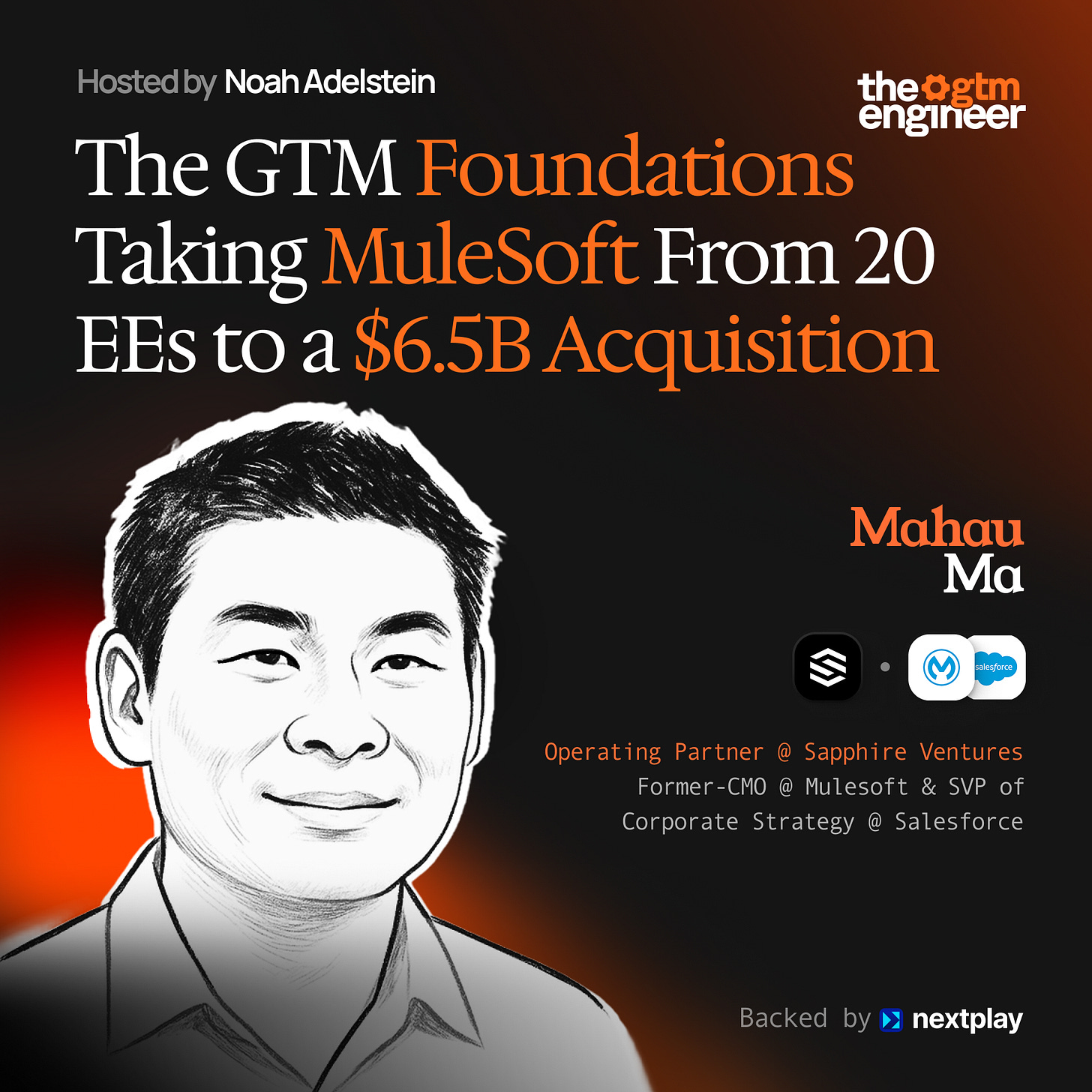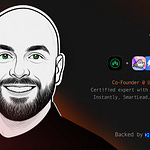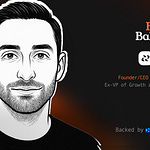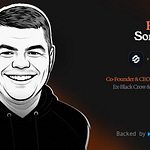Mahau Ma is an operating partner at Sapphire Ventures, a growth stage VC firm focused on B2B software. Previously, he spent 14 years at MuleSoft, including 7 years as VP of Marketing & CMO and several years as SVP of Corporate Strategy.
Mahau joined MuleSoft in 2007 as employee number 20 when the company was still figuring out its business model. He helped build the marketing function from scratch and navigated the company through both its 2017 IPO at $300 million in revenue, and the subsequent $6.5 billion Salesforce acquisition in 2018.
By the time Mahau left Salesforce in early 2022, MuleSoft was doing approximately $1.5 billion in revenue under the Salesforce umbrella. Currently at Sapphire Ventures, Mahau advises portfolio companies and other B2B software businesses on go-to-market strategy, helping them navigate transitions from product-led growth to sales-led motions, align marketing and sales organizations, and build executive teams.
In this podcast, we discuss:
The five year up and down marketing journey as MuleSoft figured out its scalable business model
Why MuleSoft transitioned from a developer-led inbound motion to enterprise outbound sales
MuleSoft’s hiring philosophy and selecting for marketers who think about business objectives before marketing activities
Why stage two pipeline is the unifying metric that holds marketing, SDR, and sales teams accountable
How marketing fundamentals don’t change, even as technology advances
Why an organization’s messaging can be just as crucial to differentiate themselves as their product in the AI era
Episode highlights:
When Mahau joined MuleSoft, the company was open source, and his first challenge was figuring out how to de-anonymize serious users. By gating advanced documentation and community forum access beyond, MuleSoft identified high-potential users while avoiding backlash from the developer community.
MuleSoft’s journey from inbound to outbound took ~five years of experimentation. When the journey began, the software was being used by developers for small tactical projects that still required lengthy sales cycles. After tactics like offering support services didn’t work, they had a breakthrough around 2013, when they began refusing small deals meant for tactical projects until they could open strategic conversations with decision makers with real budgets.
Mahau stayed through years of trial and error because CEO Greg Schott established a non-negotiable principle of building a team you would want to get the band back together with. Even when pulling their hair out, their cultural alignment, plus a shared conviction that they were solving a massive IT problem, kept everyone aligned and motivated to keep testing and help MuleSoft win.
Mahau shares how MuleSoft hired people who thought about business objectives before marketing activities. Using principles from the book Hire With Your Head, they would ask open questions and listen for 15 minutes to deeply understand how candidates approached problems. They looked for whether candidates jumped straight into executing tactics, or started by understanding what they were trying to achieve and why. By having a team aligned around an outcomes first mindset, they were able to create powerful cohesion as they experimented and worked towards accomplishing MuleSoft’s business objectives.
During Mahau’s time at MuleSoft, the pre-sales organization became marketing’s best friend for understanding customers. Because MuleSoft sold technical infrastructure software, they built a strong pre-sales team that covered everything from technical conversations to business outcomes. These teams helped marketing decode customer decision making processes, validate messaging, and understand the incentive structures that were key to whether organizations moved or stalled out on deals.
Category creation around the concept of an application network became a major growth driver for MuleSoft. Enterprises would automatically recognize the need for an application network, and naturally pull MuleSoft into their organizations. Today, grabbing category leadership creates a more critical distribution advantage and defensible moat when AI enables competitors to achieve product parity faster than ever.
Where to find Mahau:
Transcript details:
(00:00) Introduction
(04:11) Mahau’s background and the Mulesoft story overview
(06:48) Mahau’s initial charter at Mulesoft
(9:28) De-anonymizing users
(11:19) Finding what users were willing to pay for and navigating complex buyer committees
(20:52) What gave Mahau conviction to stay for 5+ years as Mulesoft figured out their growth
(23:20) How Mulesoft iterated to find success
(26:20) What Mulesoft taught Mahau about positioning and storytelling
(29:15) How Mahau built a winning, committed team that could think from first principles
(33:13) Growth wins including Dreamforce stunts like the Connect SaaS child actors video that landed on Marc Benioff’s desk
(38:16) Current advisory work with Sapphire Ventures portfolio companies
(40:12) Go-to-market fundamentals that never change despite technology shifts
(41:30) Importance of a GTM strategy and telltale signs of companies without one
(46:14) How companies over-rotate on AI tools without connecting to broader strategy
(48:12) ABM as an example of what AI makes newly possible
(51:45) In the AI era, messaging differentiation can matter as much as product differentiation
(53:45) Stage two pipeline as the unifying metric across marketing, SDR, and sales
(56:25) Favorite underrated tool and Third Eye Blind growth hack
For inquiries about sponsoring the podcast and to recommend any guests, email noah@thegtmengineer.ai










